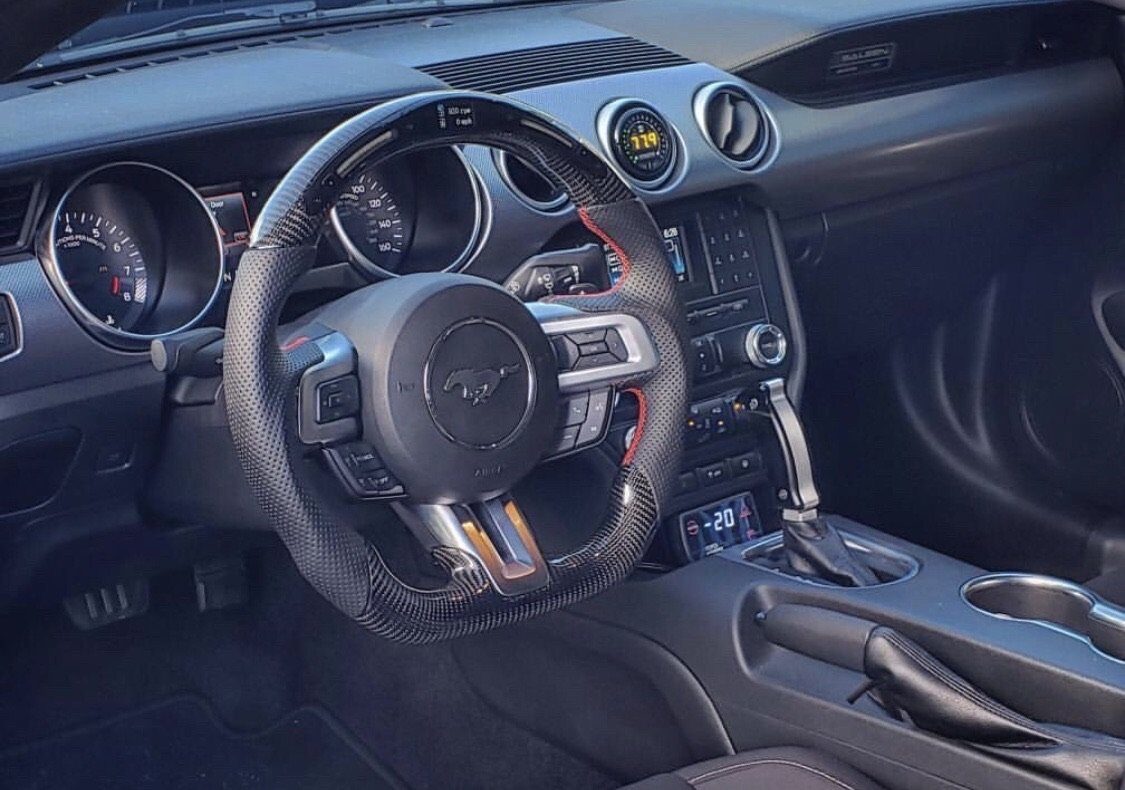Converting a Ford Mustang to electric power is an exciting project that allows enthusiasts to preserve the iconic design while embracing modern technology. One of the critical aspects of this conversion is retaining the auxiliary systems that enhance the vehicle’s functionality and driving experience. This blog will explore the importance of these systems, how to integrate them into your electric Mustang conversion, and the options available to ensure a seamless transition.
1. Understanding Auxiliary Systems
Auxiliary systems in a vehicle refer to all components that support the primary functions but are not part of the main propulsion system. In the context of a Ford Mustang, these systems include:
Key Auxiliary Systems in Your Mustang
- Power Steering
- Braking Systems
- Heating and Air Conditioning (HVAC)
- Lighting and Electrical Systems
- Instrumentation and Infotainment
Retaining these systems is essential for maintaining the comfort, safety, and usability of your vehicle after the electric conversion. This ensures that your Mustang retains its signature driving experience while adopting modern electric technology.
2. Power Steering
Electric power steering (EPS) systems are a popular choice for EV conversions, providing significant benefits over traditional hydraulic systems.
Advantages of Electric Power Steering
- Weight Reduction: EPS systems are lighter than hydraulic systems, contributing to better vehicle performance.
- Energy Efficiency: EPS consumes less energy than hydraulic systems, which can extend the overall range of your Mustang.
- Seamless Integration: Many electric conversion kits are compatible with EPS, allowing for straightforward integration into your Mustang’s design.
Integrating EPS ensures that your electric Mustang maintains responsive and precise handling, crucial for the driving dynamics that Mustangs are known for.
3. Braking Systems
An effective braking system is vital for safety, especially when converting a vehicle to electric power.
Options for Retaining Braking Performance
- Vacuum Boosted Brakes: Traditional brakes use vacuum assist from the engine. In an EV, an electric vacuum pump can be used to maintain braking efficiency without major modifications.
- Regenerative Braking: Electric motors often feature regenerative braking, which recovers energy during deceleration and reduces wear on mechanical brakes.
Ensuring a robust braking system allows your Mustang to retain its safety standards while benefiting from modern electric technology.
4. Heating and Air Conditioning (HVAC)
Maintaining comfort is essential in any vehicle, especially if it’s a daily driver.
HVAC Integration Strategies
- Electric HVAC Systems: Installing electric heating and cooling systems that operate independently of the engine ensures efficient climate control in your EV.
- Retrofitting Existing Systems: If retaining original HVAC components, modifications may be needed, such as using an electric compressor for air conditioning.
By updating the HVAC system, you ensure that your Mustang remains comfortable and enjoyable to drive, regardless of weather conditions.
5. Lighting and Electrical Systems
Retaining the original lighting and electrical systems is key to ensuring the functionality and safety of your Mustang post-conversion.
Key Considerations for Electrical Integration
- 12V Electrical System: Most EV conversion kits include a DC-DC converter to maintain the 12V system for lights, infotainment, and accessories.
- LED Lighting Upgrades: Switching to LED lights can improve energy efficiency and reduce the load on the electrical system.
Maintaining or upgrading these systems ensures that your Mustang remains fully operational and meets modern standards for energy efficiency.
6. Instrumentation and Infotainment
Upgrading the instrumentation and infotainment systems can enhance your driving experience and provide better control over your electric Mustang.
Modernizing Your Dashboard and Infotainment
- Digital Dashboards: These provide real-time data on battery status, power consumption, and other metrics, crucial for monitoring your electric Mustang’s performance.
- Infotainment Systems: Modern systems with smartphone connectivity improve usability, offering features like navigation, music, and communication.
These upgrades keep your Mustang technologically up-to-date, enhancing both convenience and driving pleasure.
7. Integration Challenges
While retaining auxiliary systems is beneficial, it can also present unique challenges during your EV conversion.
Overcoming Common Integration Issues
- Space Constraints: Additional components like batteries and motors may limit space for auxiliary systems. Planning and careful layout are essential.
- Compatibility Issues: Not all systems will integrate smoothly with electric components. You may need specific parts or modifications to ensure compatibility.
Addressing these challenges effectively will result in a well-balanced, fully functional electric Mustang.
8. Resources and Support
Engaging with online communities and forums can provide valuable insights and support during your conversion project.
Where to Find Help and Advice
Websites like the Mustang Forum and EV conversion communities on Reddit are excellent resources for asking questions, sharing experiences, and finding tips from fellow enthusiasts.
Conclusion
Retaining auxiliary systems during your Ford Mustang electric conversion is crucial for maintaining the vehicle’s functionality, comfort, and safety. By carefully integrating power steering, braking systems, HVAC, lighting, and instrumentation, you can create a seamless transition to electric power while preserving the iconic Mustang experience. With the right planning and resources, your electric Mustang can deliver thrilling performance and modern convenience, ensuring that this classic car remains a joy to drive for years to come.

